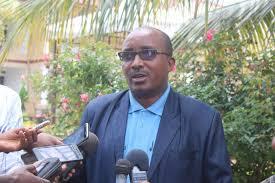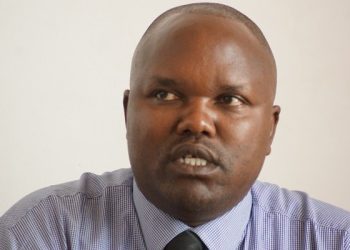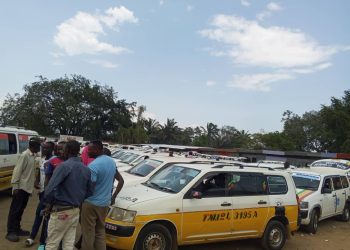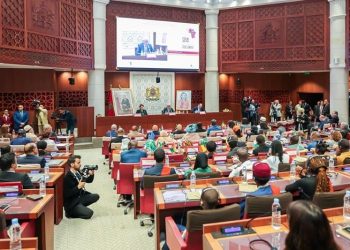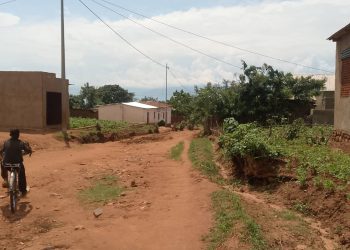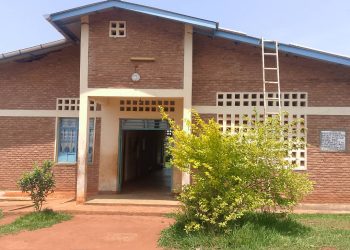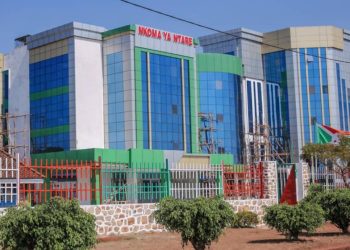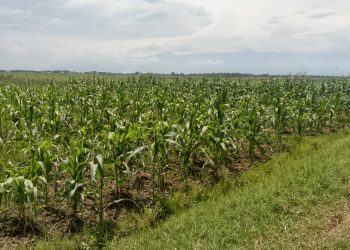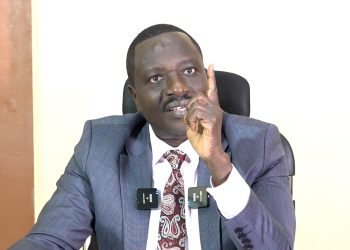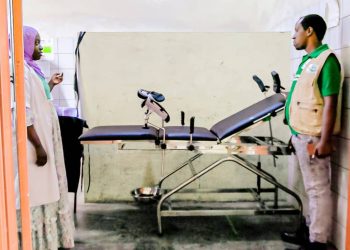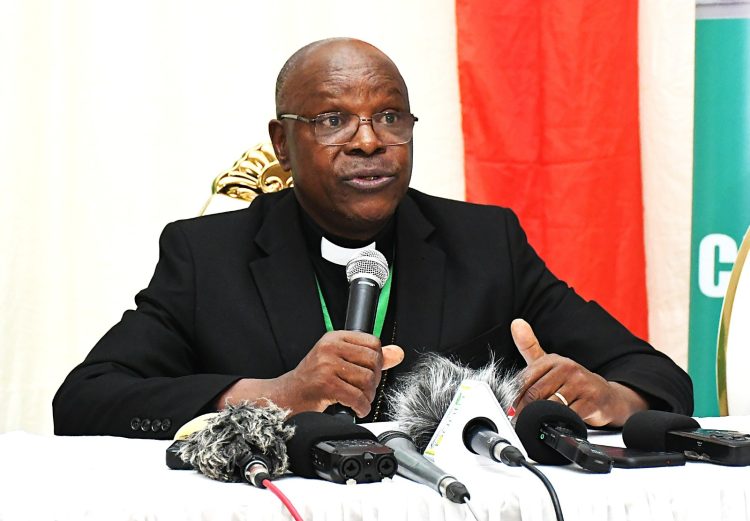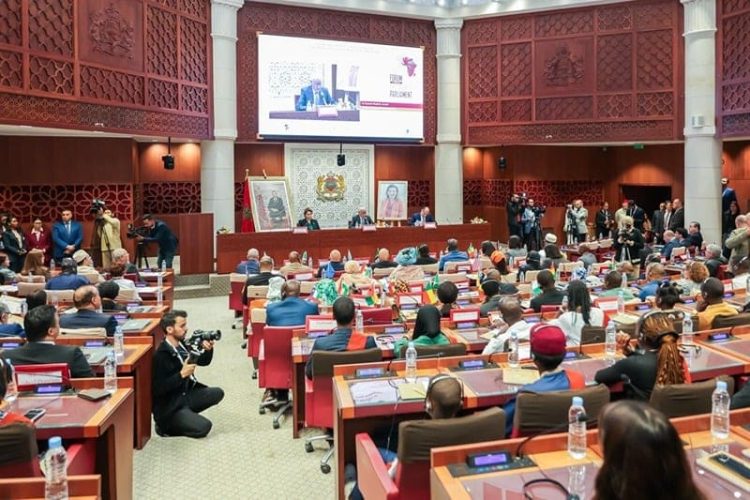It is obvious that we run out of words to describe the life of bachelor degree holders, why not post-graduates who are surviving on less than US$1.90 per day, after spending almost twenty years on a school desk. We ignore counting a large amount of money they have spent on tuition and other school expenditures. Their frustration and depression are unrivaled. Even their parents are disappointed. It is a bitter pill to swallow.
What happened?
Burundi, commonly called “The Heart of Africa”, “The Country of Drums”, or “The country flowing honey and milk”. The name “Heart of Africa” stems from the Burundi position on the African Map similar to that of the heart in the human body; while the “Country of Drums” comes from the fact that the drums symbolized power in the ancient times when Burundi was still a kingdom.
However, the Country flowing honey and milk is now regrettably profiled as the least developed country in the world by United Nations, the Department of Economic and social affairs Analysis with the Gross National Income (GNI) of $282 per Capita, according to the Data from 2021 triennial review. The weak economic growth in relation to population growth is leading to a continuous rise in the poverty rate, which is expected to reach 87.1% in 2021 (measured at the threshold of US$1.90 per day). (https://www.worldbank.org/en/country/burundi/overview#1)
The recent recessing of young unemployed in Burundi operated by Media Box Company on September 12, 2020, revealed that 286 515 young people between the age range of 16 and 40 are jobless.
The report of ISTEEBU (Institut de Statistiques et d’Etudes Economiques du Burundi) of December 2021 (which you can find on https://www.isteebu.bi/), highlighted the above data. “The vast majority of active workforce operates in the informal sector, 90.7% of the workforce. In fact, in urban areas, only 34.5% of workers deal with the formal sector with a large number of 65.5% who carry out activities in the informal sector. In rural areas, they represent 6.7% and 93.3% respectively. Regrettably, the State and public enterprises employ more men than women (3.8% and 2.2%), even private companies and associations.
The same report pointed out that the literacy rate defined as the ability to read and write in any language (Kirundi, French, English, Swahili, or other languages), is estimated at 69.4% for people aged 15 and above. There is a difference between places of residence, 86.7% for urban areas against 69.9% for rural areas. This rate also differs by sex: 76.4% for men against 63.9% for women. The literacy rate is higher among young people than among adults and the elderly (15-24 years (87.5%), 25-34 years (71.0%), 35-59 years (60.7 %), and 60 years and over (33.5).
What are the main causes of youth unemployment?
According to occasional paper No. 30, 2017 published by the African Capacity Building Foundation on YOUTH EMPLOYMENT IN AFRICA: Capacity Building and Innovative Strategies from Botswana, Namibia, South Africa, and Swaziland (.https://www.semanticscholar.org/paper/Youth-Unemployment-in-Africa%3A-Capacity-Building-and-Tabengwa-Okatch/d5a4174cdca5afedc664de47925fb0be54522f0c The following are the main causes of youth unemployment.
Labor demand and supply mismatch. There is a seemingly huge skills mismatch between skills provided by the education system and labor market needs, which has contributed to a situation where many young graduates cannot be absorbed by the mainstream economy. The economy is also shifting to a more skill-intensive position, although its youth are lacking the skills of a modern economy (NPC 2011). Hausmann (2008) argues that the primary cause for the country’s widespread unemployment is a structural mismatch between the skills the modern economy demands and the skills it supplies. NPC (2011) reiterates that view: the youth are low-skilled, and the skill mismatch that applies to the broader economy applies particularly to them. The principal reason given by employers for their low youth employment rate is that with schooling not accurately indicating skill l levels, unskilled inexperienced workers are seen as risky to employ, thus increasing their real cost (National Treasury of South Africa 2011).
The low labor absorption capacity of the economy. Labor supply has grown faster than the economy’s absorption capacity. Economic growth has occurred largely in skills-intensive sectors, such as the financial and business services sector although the majority of South Africans have been denied high-quality education (NPC 2012). One frequently cited explanation for sustained and rising unemployment is workers’ lack of skills. Skill shortages are attributed to a shift in the composition of labor demand toward skilled labor, reflecting inherited educational disparities and the legacy of apartheid (Dias and Posel 2007).
High-skill technology labor market. In line with global trends is a movement away from labor-intensive to capital-intensive production processes, and from primary and secondary industries to tertiary or service sectors. This results in fewer employment opportunities, especially for unskilled workers. The country has a non-labor-intensive labor market that remains highly dependent on high-skill technology, contributing to the exclusion of many young people, particularly those in a rural and semi-rural areas.
Poor economic growth. The rise in unemployment, corresponding to a robust economic upswing since 1999, has elicited calls of jobless growth among policymakers and labor unions. The economy has also been growing slowly with only a little employment growth over the years (NPC 2012). GDP growth has not been sustained at a level to create jobs to reduce unemployment.
Low entrepreneurship levels. Entrepreneurial participation is in short supply. Management and leadership skills needed to initiate and support economic growth, through innovation and entrepreneurship, are also lacking.
Lack of interest in entrepreneurship by youth. Although various government initiatives enhance entrepreneurship, the number of young people involved in it remains extremely low at 6 percent of the total youth population. The slow pace of transformation. The slow pace the government has adopted to transform the economy has not created enough job opportunities for the young generation.
Lack of access to information. The youth are generally unaware of career and entrepreneurial opportunities economy-wide, and they lack role models in sectors and their families and communities. These are critical for entrepreneurial development. Possible lack of mentorship and exit strategies. Within key sectors, lack of mentorship is a key limitation, creating challenges to retain young people. Often, there are minimal follow-up/after-care support programs, such as incubator programs. Weak manufacturing. The industrial base and beneficiation of mineral and agricultural output have not developed much. Poor support or facilitation of new entry into the job market. Policy frameworks intended to support entrants to the job market and minimum standards for the employee have not yielded the desired results. The lack of targeted, goal-driven interventions in public and private sectors is a concern for a country with a young population, as young people often participate in unstructured intervention programs that lack proper monitoring mechanisms.
High dropout rates and inadequate skill development. The youth population lacks skills and experience, which undermines their employment opportunities. Improved rates of participation in schooling since 1994 (98.8 percent of children aged 7–15 years old were attending education institutions) are offset by poor quality at all levels.5 The pipeline for skills is riddled with obstacles that stymie equitable access to opportunities in the labor market. Literacy and numeracy skills at primary school are well below the international average, leading to weak participation and throughput post-primary. Large numbers of youth are dropping out of secondary schools without getting a National Senior Certificate/Grade 12 or alternative Further Education and Training qualification.
Can we link the same causes to Burundi? BY AVIT NDAYIZIGA

